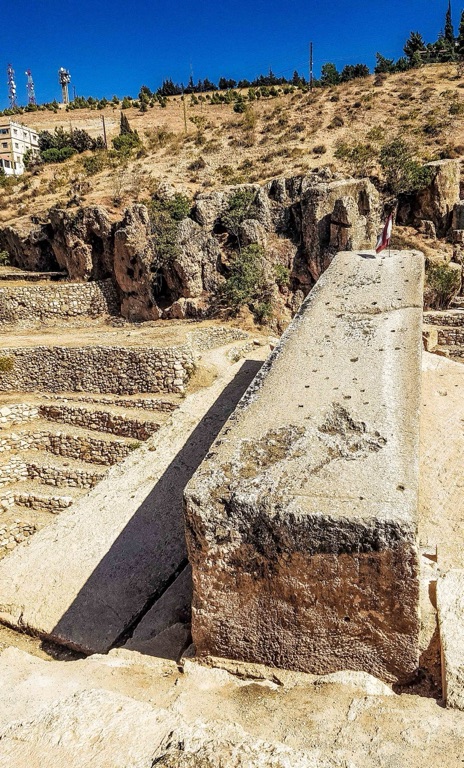The Baalbek Megaliths are among the most mysterious and impressive ancient structures ever discovered. Located in the Beqaa Valley of Lebanon, these stone blocks form part of the temple complex known as Heliopolis, or the City of the Sun. The site features some of the largest stone blocks ever used in construction, including the famed Stone of the Pregnant Woman, which alone weighs approximately 1,000 tons. The purpose and methods used to transport and place these stones have been subjects of debate among historians and archaeologists for years.
Ancient Romans
Ancient Roman Historical Sites and Ruins
Ancient Roman Mythology
| Jupiter |
| Juno |
| Neptune |
| Minerva |
| Mars |
| Apollo |
| Venus |
| Diana |
| Vulcan |
| Vesta |
| Ceres |
| Mercury |
| Pluto |
| Janus |
| Bacchus |
| Saturn |
| Cupid |
Roman Artifacts
| The Pilate Stone |
| The Lycurgus Cup |
| Scorpio (weapon) |
| Vindolanda Tablets |
Historical Figures
| The Full List of Roman Emperors |
| Nero |
| Julius Caesar |
| Marcus Aurelius |
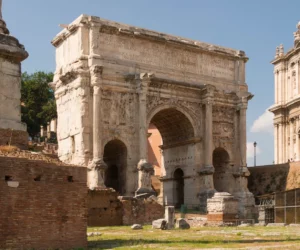
Arch of Septimius Severus
The Arch of Septimius Severus is a triumphal arch located in Rome, Italy. Erected in 203 AD, it stands at the northwest end of the Roman Forum. This monument commemorates the Roman victories of Emperor Septimius Severus and his sons, Caracalla and Geta, over the Parthians. The arch is a testament to the architectural and artistic prowess of ancient Rome. It features intricate reliefs depicting scenes of battle and the emperor’s campaigns. Over time, the arch has become a symbol of the power and durability of the Roman Empire.
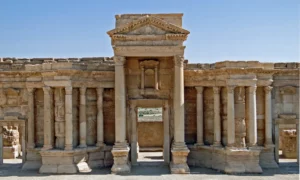
The Roman Theatre at Palmyra
The Roman Theater of Palmyra stands as a testament to the architectural grandeur of ancient civilizations. Nestled in the heart of the Syrian desert, this majestic structure once echoed with the voices of actors and the applause of spectators. Today, it serves as a poignant reminder of Palmyra’s historical significance and the cultural crossroads it represented in antiquity.
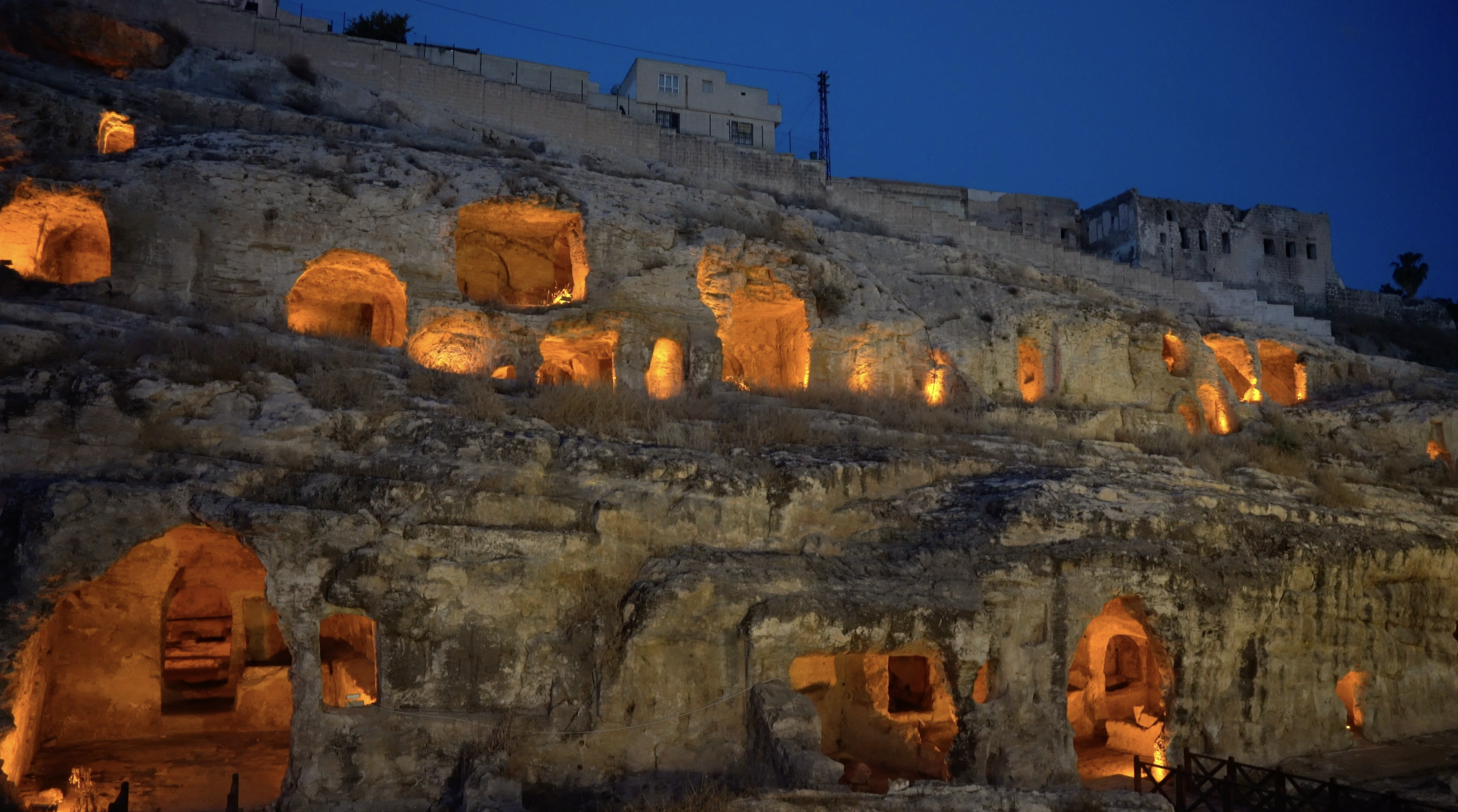
Kizilkoyun Necropolis
Kızılkoyun Necropolis stands as a testament to ancient craftsmanship and burial traditions. This archaeological treasure dates back to the Roman period and offers insight into historical funeral practices. Visitors to this site near Şanlıurfa, Turkey, explore tombs carved directly into the limestone bedrock. These intricate subterranean chambers resonate with the echoes of a bygone era. They reveal the Romans’ reverence for their deceased and their belief in an afterlife. Kızılkoyun Necropolis is not merely a tourist spot but a sacred place that provides a tangible connection to the ancestors of the region.
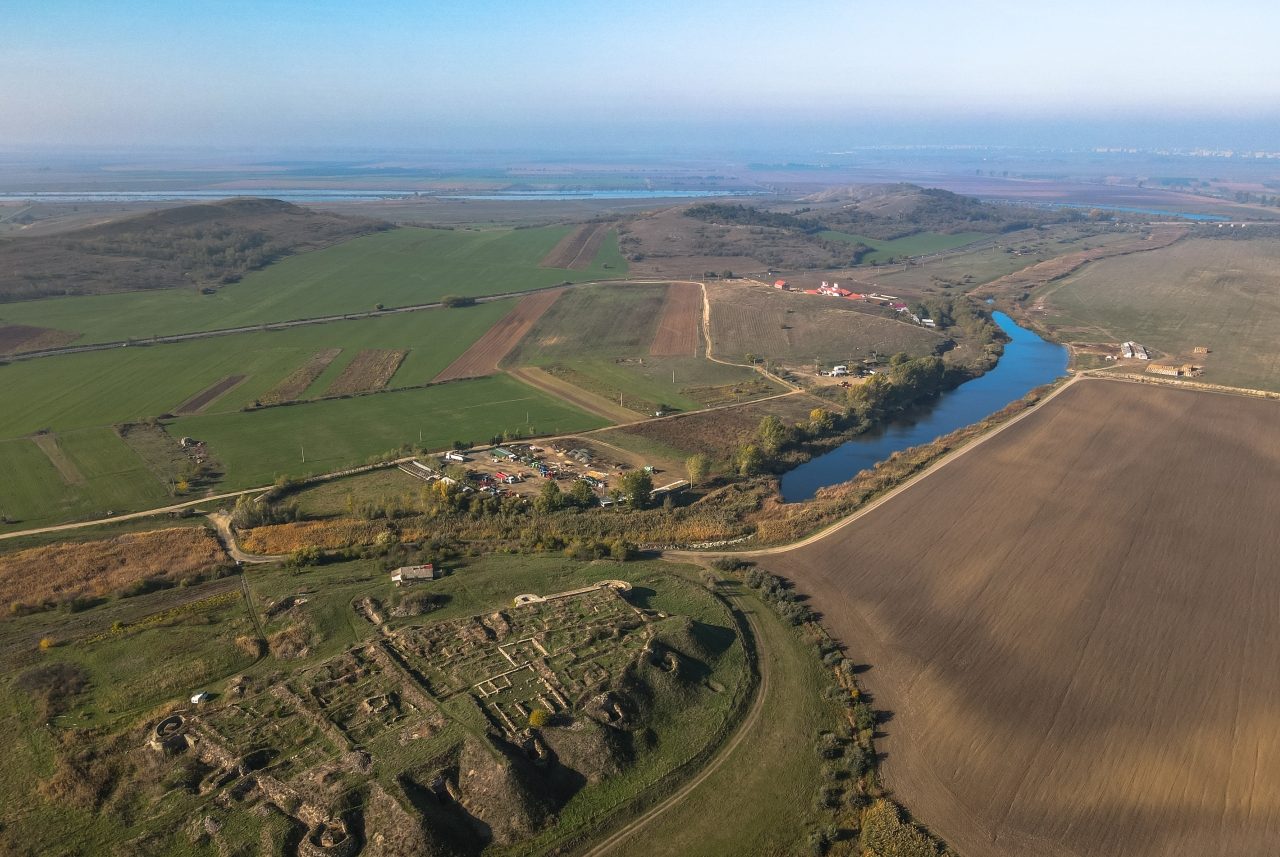
The Fortress of Dinogetia
The Fortress of Dinogetia stands as a testament to the rich tapestry of history woven through the ages. Nestled in the northeast of Romania, this ancient bastion has seen the rise and fall of empires, serving as both a military stronghold and a cultural melting pot. From its initial establishment in the Roman period to the defense against invasions, Dinogetia’s walls have echoed with tales of power, resilience, and transformation. Piecing together its history provides insight into the civilizations that once thrived along the Danube’s mighty banks.
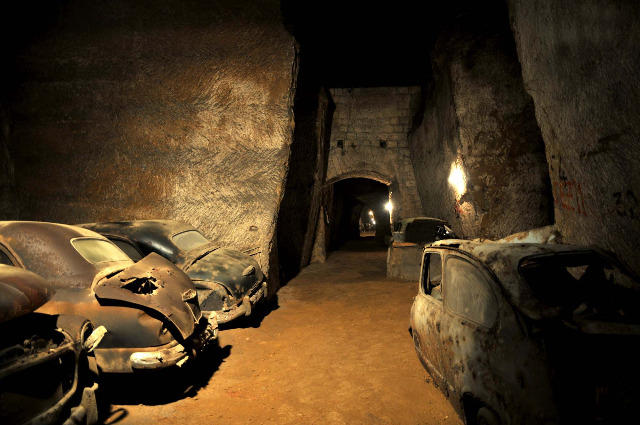
Naples Underground City (Napoli Sotterranea)
Naples Underground City invites visitors to take a rare glimpse into the layers of history buried beneath the bustling streets of Naples. This historic site, known locally as Napoli Sotterranea, spans a fascinating subterranean network of tunnels and chambers. The underground city, carved from the soft tuff stone, dates back to over 2400 years. It served various purposes throughout the ages. From Greek aqueducts and Roman theaters to World War II bomb shelters, each corner tells a unique story. Guests can explore this labyrinthine world and marvel at the remnants of civilization. They will learn how these ancient passageways have been integral to Naples’ defense and evolution.

